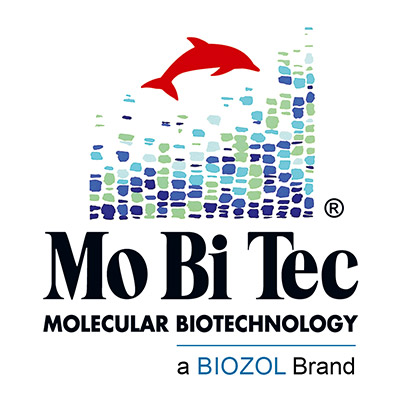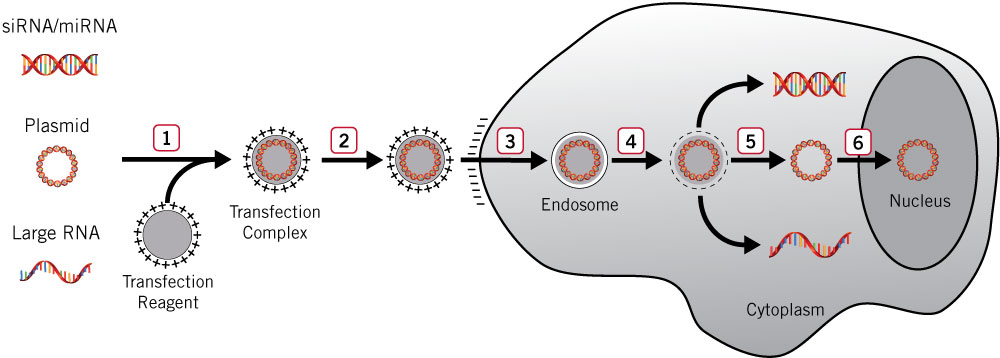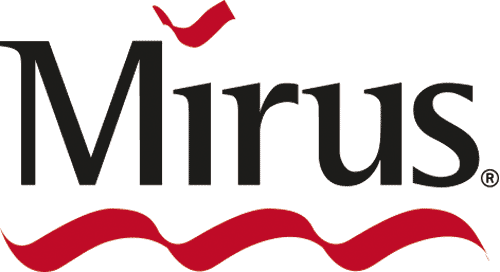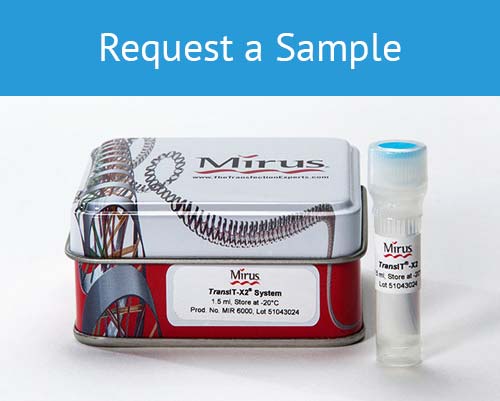Please Browse our Transfection Products:
No results were found for the filter!
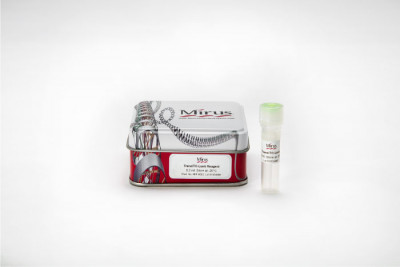
TransIT®-Lenti Transfection Reagent (Mirus Bio SKU: MIR 6606)
Order #: MIR-6606

TransduceIT™ Transduction Reagent (Mirus Bio SKU: MIR 6620)
Order #: MIR-6620

TransIT® Lentivirus System (Mirus Bio SKU: MIR 6650)
Order #: MIR-6650

TransIT® Lentivirus System (Mirus Bio SKU: MIR 6655)
Order #: MIR-6655

TransIT-VirusGEN® Transfection Reagent (Mirus Bio SKU: MIR 6700)
Order #: MIR-6700

TransIT-VirusGEN® Transfection Reagent (Mirus Bio SKU: MIR 6703)
Order #: MIR-6703

TransIT-VirusGEN® Transfection Reagent (Mirus Bio SKU: MIR 6704)
Order #: MIR-6704

TransIT-VirusGEN® Transfection Reagent (Mirus Bio SKU: MIR 6705)
Order #: MIR-6705

TransIT-VirusGEN® Transfection Reagent (Mirus Bio SKU: MIR 6706)
Order #: MIR-6706
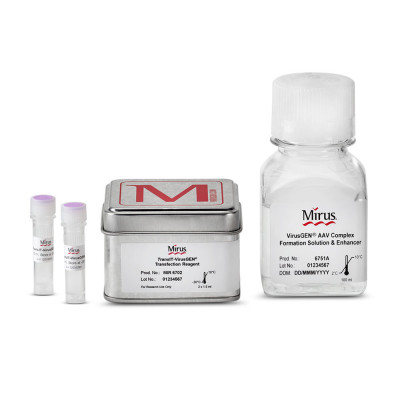
VirusGEN® AAV Transfection Kit (Mirus Bio SKU: MIR 6750)
Order #: MIR-6750
Viewed
*All prices in € excl. VAT and shipping
